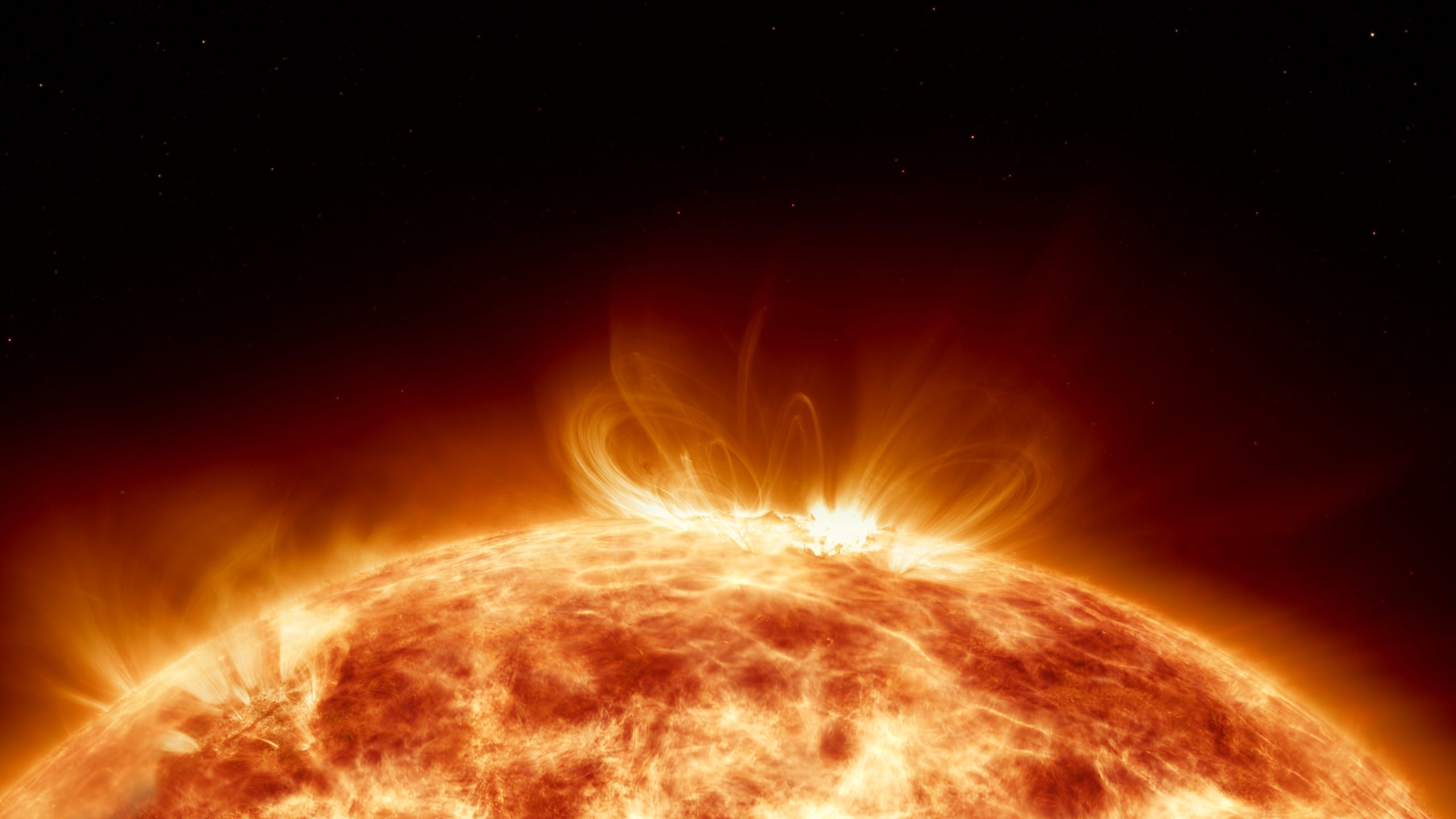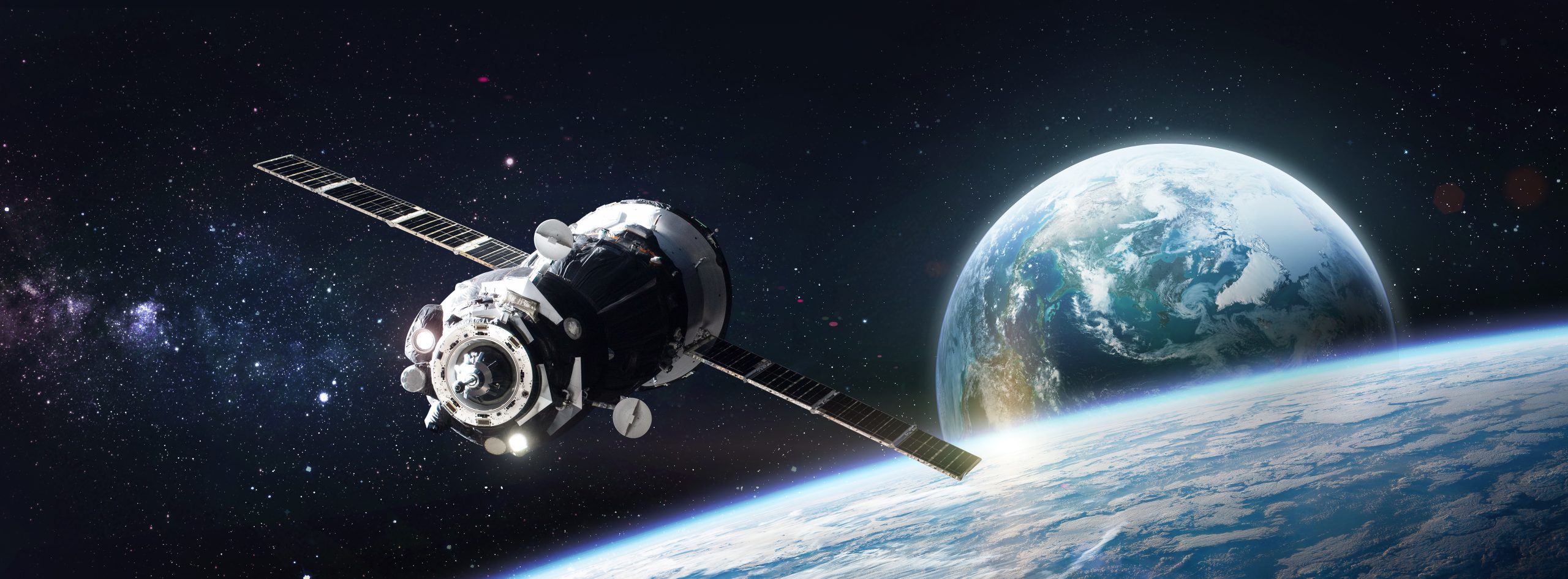What Is Space Weather?
Though the Sun is almost 100 million miles away, it greatly influences our daily lives. Space weather refers to conditions in space that result from the Sun’s activity, including solar flares, coronal mass ejections (CMEs), and geomagnetic storms. These events release massive amounts of energy and charged particles, which can travel toward Earth and interact with its magnetic field, sometimes causing significant disruptions.
While space weather might sound like a distant concern, it has real-world implications for critical systems:
- GPS and Navigation Systems: Geomagnetic storms can interfere with satellite signals leading to inaccuracies in GPS navigation. This could disrupt aviation, shipping, and even everyday smartphone navigation.
- Power Grids: A strong geomagnetic storm can induce electrical currents in power grids, potentially leading to transformer damage, blackouts, and even long-term power outages.
- Communications Networks: Radio signals and satellite communications can be affected, impacting everything from emergency response systems to internet connectivity.
- Aviation and Space Operations: Increased radiation exposure during solar storms can pose risks to astronauts and high-altitude flights prompting reroutes and safety precautions.
The Threat of a Major Solar Event
One of the most famous space weather events was the Carrington Event of 1859, a powerful geomagnetic storm that caused telegraph systems to spark and fail. If a similar event occurred today, it could cause widespread disruptions, leading to extreme damage and taking months to recover from. According to a study by the National Academy of Sciences, the total economic impact of a similar solar storm today could exceed $2 trillion. In 2012, a massive solar storm narrowly missed Earth underscoring how vulnerable we remain.
Despite the risks, modern preparedness measures are still catching up. Agencies like NASA and NOAA monitor solar activity and issue warnings, but there is no foolproof way to prevent damage from a major space weather event. Scientists are working on ways to harden power grids, improve forecasting models, and develop mitigation strategies, but awareness and preparedness remain key.
What Can Be Done?
Governments and industries must take proactive steps to protect infrastructure:
- Improving Space Weather Forecasting: Better predictive models can help provide early warnings, such as the NASA Space Weather Research-to-Operations-to-Research (R2O2R) Program.
- Continued Research and Data Collection: Agencies like NASA and NOAA continue to research space weather. Several program missions, such as the HERMES, Vigil, and Space Weather CubSats, are already in the works.
- Upgrading Power Grids: Implementing protective technologies can reduce vulnerabilities.
- Satellite Shielding: Designing satellites with space weather resilience can minimize communication disruptions.
- Public Awareness and Policy Development: Encouraging investment in space weather preparedness can help mitigate long-term risks. If you’d like to learn more about space weather, you can check out NOAA’s Space Weather Dashboard.
How You Can Prepare
While large-scale efforts are essential, individuals can also take steps to protect themselves in the event of a major space weather event. Preparing an emergency kit can greatly affect power or communication outages. A well-stocked kit should include non-perishable food, bottled water, batteries, flashlights, a battery-powered or hand-crank radio, and extra medications. Having a backup power source, such as a solar charger or generator, can help keep essential devices running. Additionally, keeping cash on hand is wise if electronic payment systems are affected. Staying informed by monitoring space weather forecasts from agencies like NOAA can also provide early warnings.
Space weather may not be as visible as hurricanes or earthquakes, but its potential impact on modern technology is profound. As our reliance on satellites, power grids, and digital communication grows, so does our need to address the risks posed by solar storms. While scientists and policymakers work to bolster resilience, public awareness is the first step in ensuring we’re not caught off guard by the next big space weather event.





